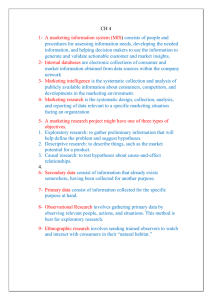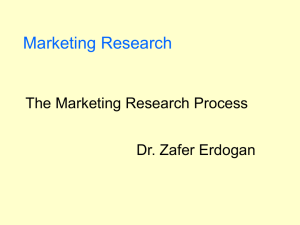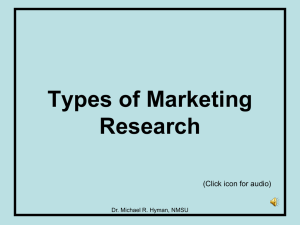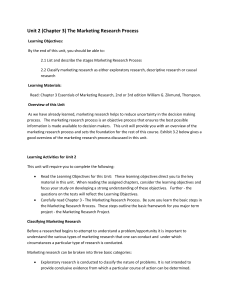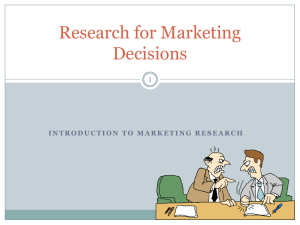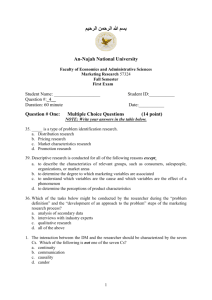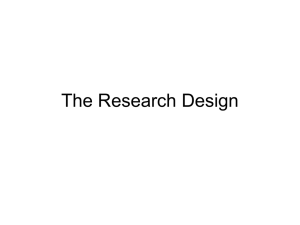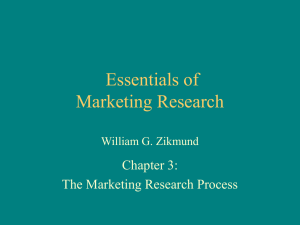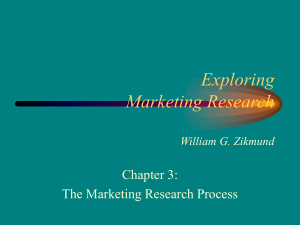Wikki Answers Good Copy - ConestogaMKT2030-1
advertisement
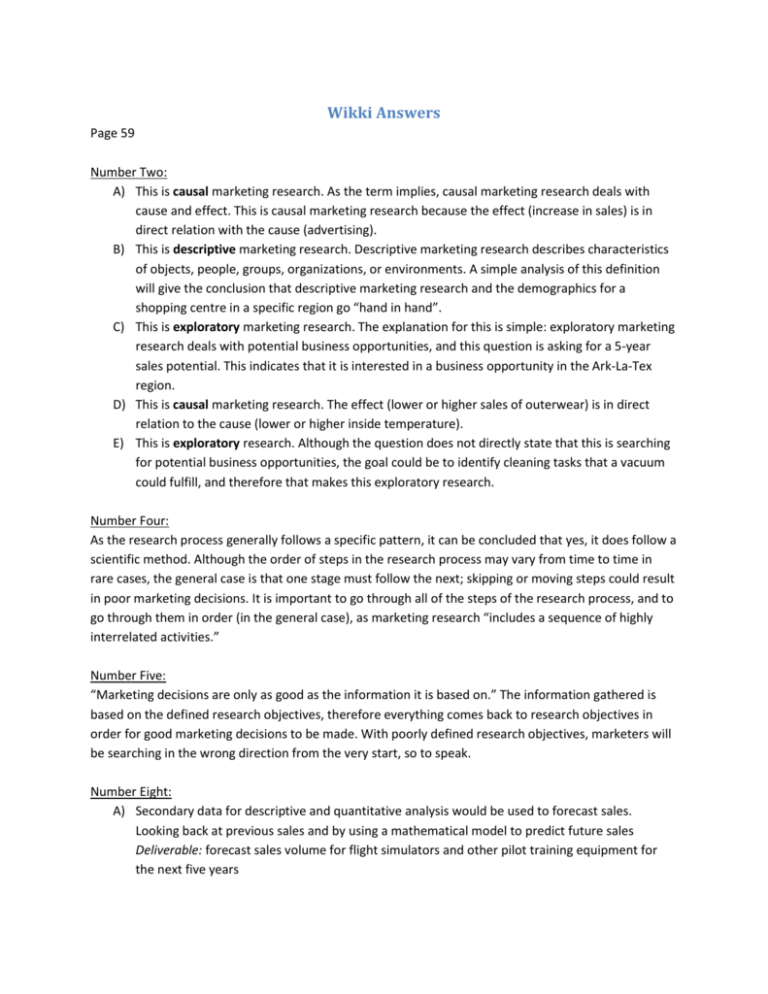
Wikki Answers Page 59 Number Two: A) This is causal marketing research. As the term implies, causal marketing research deals with cause and effect. This is causal marketing research because the effect (increase in sales) is in direct relation with the cause (advertising). B) This is descriptive marketing research. Descriptive marketing research describes characteristics of objects, people, groups, organizations, or environments. A simple analysis of this definition will give the conclusion that descriptive marketing research and the demographics for a shopping centre in a specific region go “hand in hand”. C) This is exploratory marketing research. The explanation for this is simple: exploratory marketing research deals with potential business opportunities, and this question is asking for a 5-year sales potential. This indicates that it is interested in a business opportunity in the Ark-La-Tex region. D) This is causal marketing research. The effect (lower or higher sales of outerwear) is in direct relation to the cause (lower or higher inside temperature). E) This is exploratory research. Although the question does not directly state that this is searching for potential business opportunities, the goal could be to identify cleaning tasks that a vacuum could fulfill, and therefore that makes this exploratory research. Number Four: As the research process generally follows a specific pattern, it can be concluded that yes, it does follow a scientific method. Although the order of steps in the research process may vary from time to time in rare cases, the general case is that one stage must follow the next; skipping or moving steps could result in poor marketing decisions. It is important to go through all of the steps of the research process, and to go through them in order (in the general case), as marketing research “includes a sequence of highly interrelated activities.” Number Five: “Marketing decisions are only as good as the information it is based on.” The information gathered is based on the defined research objectives, therefore everything comes back to research objectives in order for good marketing decisions to be made. With poorly defined research objectives, marketers will be searching in the wrong direction from the very start, so to speak. Number Eight: A) Secondary data for descriptive and quantitative analysis would be used to forecast sales. Looking back at previous sales and by using a mathematical model to predict future sales Deliverable: forecast sales volume for flight simulators and other pilot training equipment for the next five years B) We should identify who the individuals are that donate more than 500$ per year by sending out a survey asking them demographical questions. The surveys don’t even necessarily need to be sent out, a brief set of questions could be asked when donations are actually made. Deliverable: identifying the demographical factors of the individuals who donate more than $500 C) We can watch to see how many people use the product within a certain specified time period by using observation. Another effective method might be to experiment by taking the product off the market at certain gas stations and see how consumers react. Deliverable: What is the rate of use of leaded gasoline instead of other gasoline products and does the usage rate outweigh the cost of keeping it D) In order to determine what types of food are carried in the brown-bags a survey could be distributed to ask what exactly people do carry in their brown-bags, and observation could be used in order to watch what people take out of their bags as well. Deliverable: What types of food are being carried in brown paper bags in order to know if the company can capitalize E) Assuming “who” means demographic information, surveys could be distributed in bingo halls. Deliverable: what is the demographic information on people who play bingo
